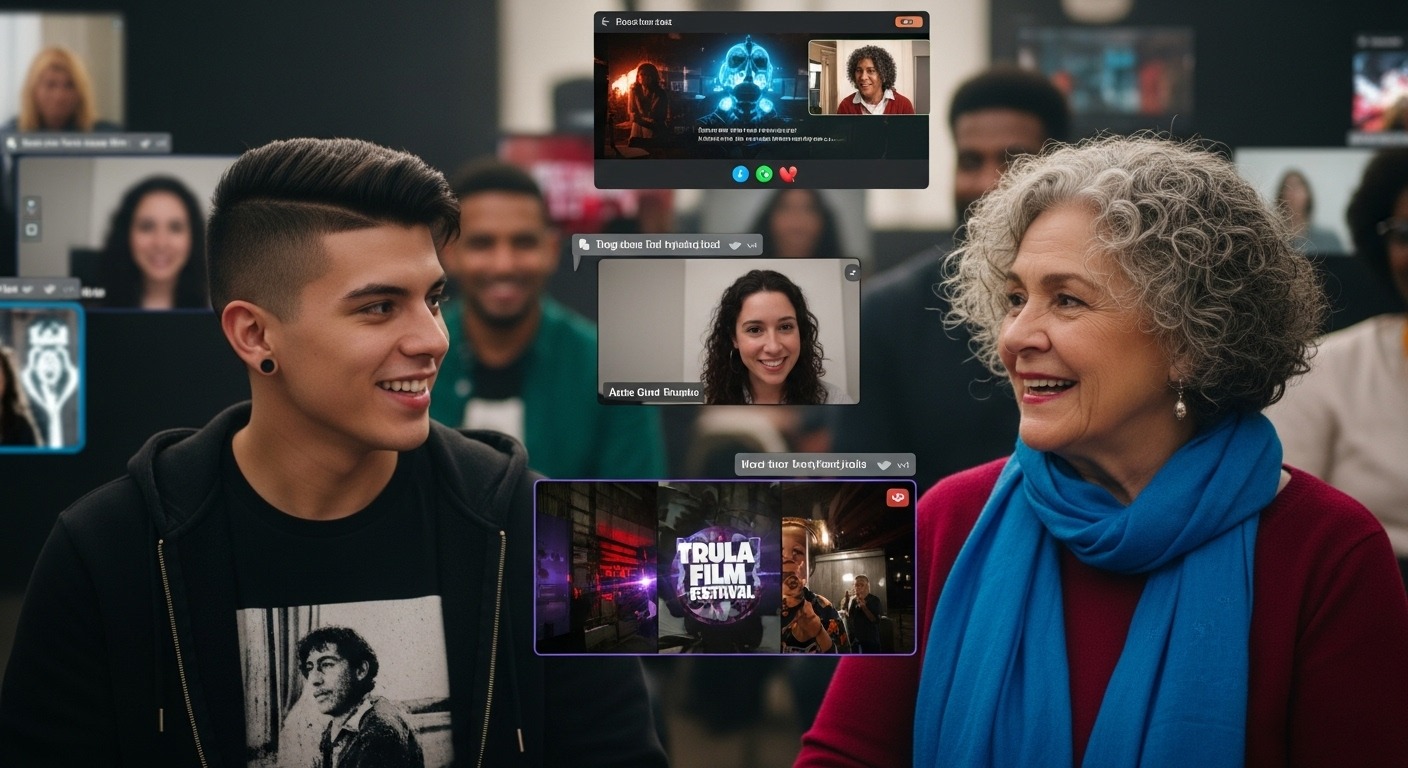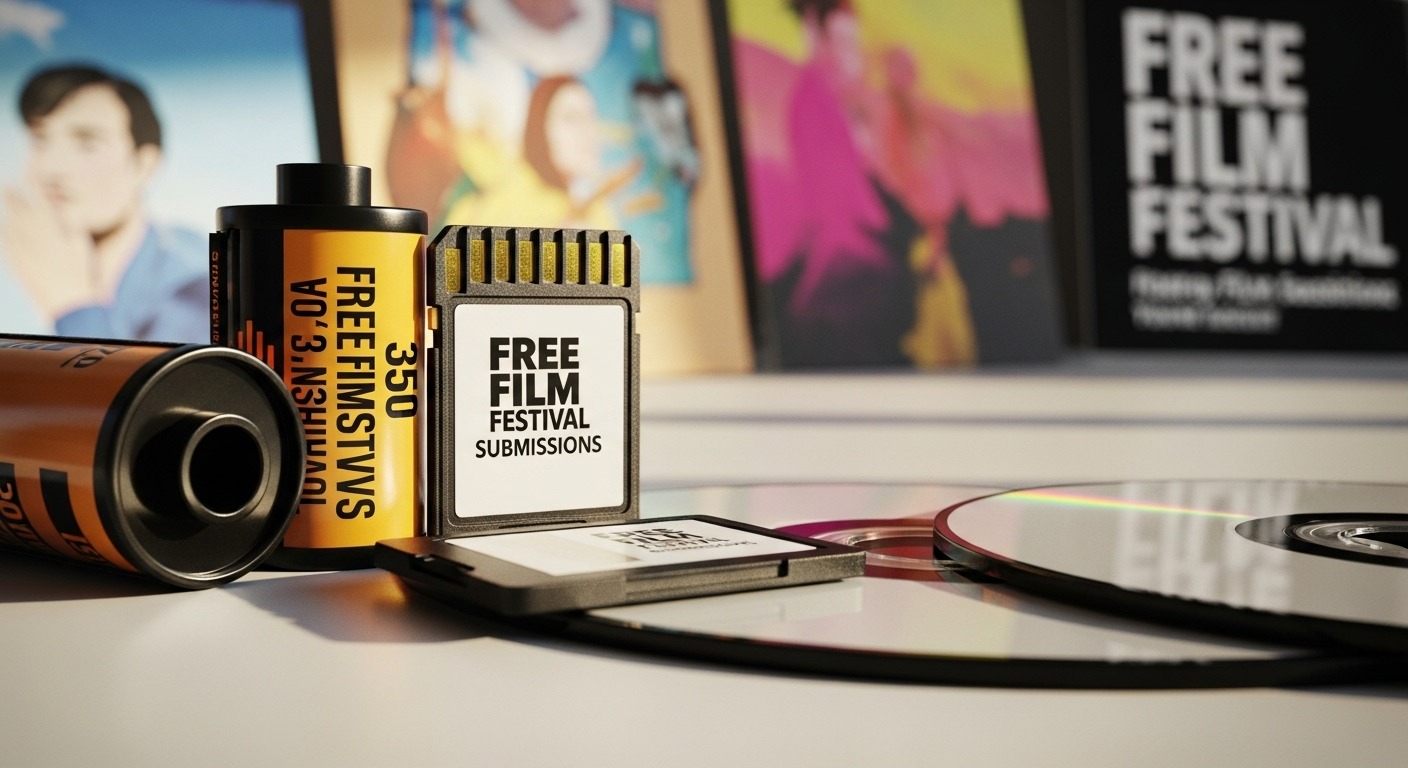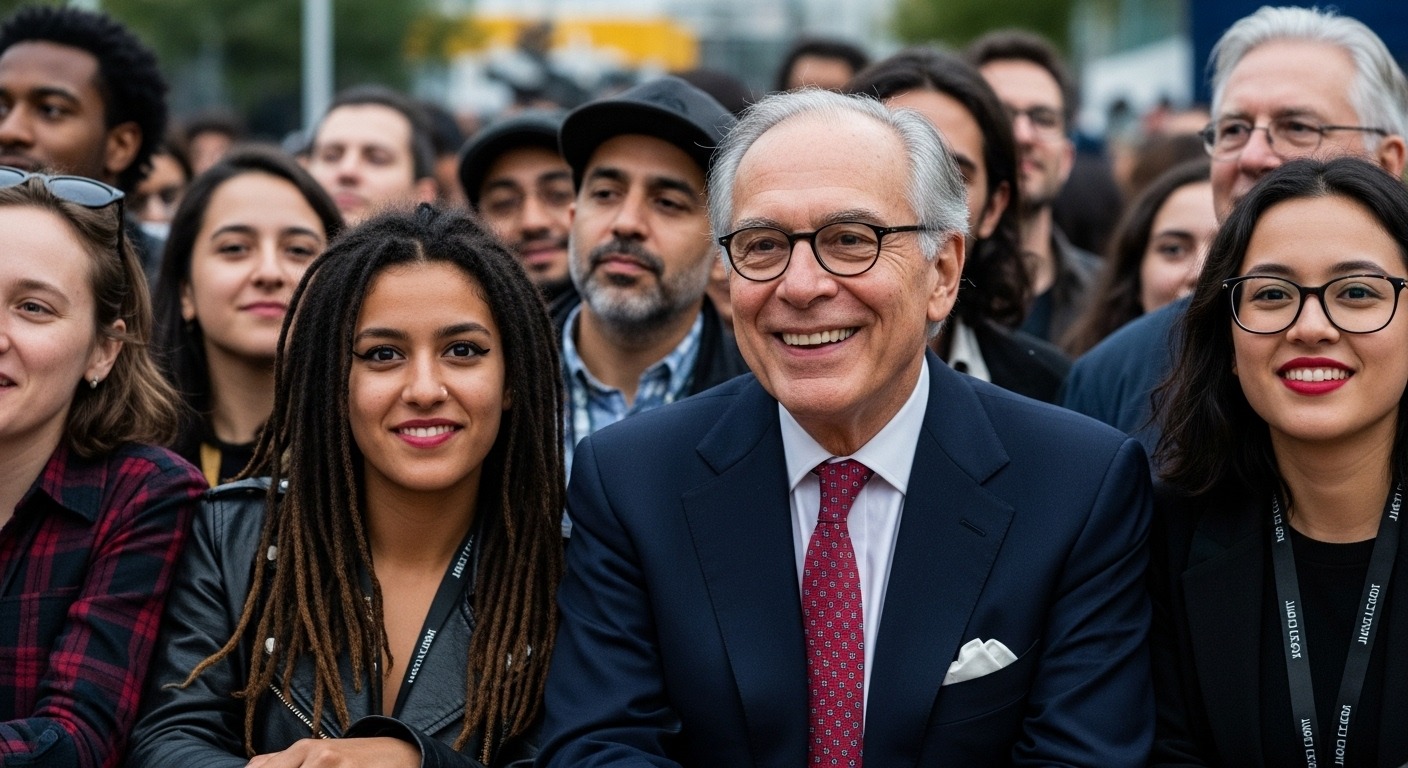- Brief exploration of the historical context of VR in documentary filmmaking.
The historical context of virtual reality (VR) in documentary filmmaking is a fascinating journey that began with early experiments in the 1990s. Filmmakers and technologists started exploring the potential of VR as a tool for immersive storytelling, allowing viewers to experience documentary narratives in a revolutionary new way.
The development of VR headsets and devices in the early 2000s further advanced the intersection of technology and documentary filmmaking, opening up possibilities for creating deeply immersive experiences that transport audiences to real-world locations.
One significant milestone in the history of VR documentary filmmaking was the release of Strangers with Patrick Watson in 2013. This groundbreaking project utilized VR technology to capture intimate moments from the lives of ordinary people, offering viewers an unprecedented sense of presence and empathy.
As VR technology continued to evolve, filmmakers began experimenting with 360-degree cameras and spatial audio to create fully immersive environments for storytelling, pushing the boundaries of traditional documentary filmmaking methods.
Another pivotal moment came with the release of Clouds Over Sidra in 2015, which transported audiences into a Syrian refugee camp through VR technology. This innovative use of VR allowed viewers to gain a deeper understanding of humanitarian crises by experiencing them firsthand. These historical developments laid the foundation for today’s flourishing landscape of VR documentaries, showcasing how technological advancements have elevated storytelling capabilities in ways previously unimagined.
- Examination of the emergence of VR as a storytelling medium.
Virtual Reality (VR) has rapidly emerged as a groundbreaking storytelling medium, offering unprecedented immersive experiences that have revolutionized documentary filmmaking. Through the use of VR technology, filmmakers can transport audiences into the heart of a story, allowing them to experience events and environments in an incredibly visceral way. This has redefined the traditional boundaries of storytelling, creating a profound sense of empathy and connection with the subject matter.
The allure of VR lies in its ability to transcend conventional linear narratives, embracing a more experiential form of storytelling that places the viewer at the center of the action. By blurring the lines between reality and fiction, VR documentaries can evoke genuine emotional responses and provoke thought-provoking introspection.
As this medium continues to evolve, it challenges filmmakers to explore new methods of engagement and interactivity while prompting audiences to confront complex issues from entirely fresh angles.
Harnessing VR as a vehicle for storytelling represents an exciting frontier in documentary filmmaking, enabling creators to immerse their audience in captivating narratives unlike anything previously experienced. This transformational medium has irreversibly altered our understanding and expectations of documentary storytelling – forever changing how we engage with real-world stories on screen.
II. The Impact of VR on Documentary Storytelling.
- Assessment of the role of VR in crafting immersive experiences.
Virtual Reality (VR) has revolutionized the world of documentary filmmaking by providing a means to create deeply immersive experiences for audiences. Through the use of VR technology, filmmakers can transport viewers into the heart of a story, allowing them to experience different perspectives and emotions in a way that traditional film cannot achieve.
The role of VR in crafting immersive experiences lies in its ability to break down physical barriers and enable viewers to engage with content on a more personal level.

One of the key assessments of VR’s role in crafting immersive experiences is its capacity to evoke empathy and understanding. By placing viewers directly within the environment or situation being documented, VR allows for a deeper emotional connection with the subject matter.
This creates an opportunity for greater impact and awareness on important social issues or historical events. Additionally, VR empowers filmmakers to explore creative storytelling methods that blur the lines between reality and fiction, drawing audiences into an interactive narrative that leaves a lasting impression.
- Analysis of how VR influences the narrative structure of documentaries.
Virtual Reality (VR) has profoundly altered the narrative structure of documentaries, allowing for immersive storytelling that brings audiences into the heart of the subject matter. Rather than relying solely on traditional linear narratives, VR enables documentarians to create 360-degree environments that place viewers directly within the story, blurring the lines between observer and participant.
This shifts the focus from passive observation to active engagement, with viewers able to explore and interact with various elements within the documentary world.
Furthermore, VR technology empowers filmmakers to convey an empathetic understanding of complex issues by providing a more visceral and emotional experience for audiences. By immersing viewers in a virtual environment, documentaries can evoke a heightened sense of empathy and connection to the subject matter.
This form of experiential storytelling allows for a more profound impact on audiences, as they are no longer mere spectators but rather active participants in shaping their understanding of real-world issues. As such, VR’s influence on documentary narrative structure goes beyond mere presentation; it fosters an entirely new way of engaging with and comprehending reality itself.
III. The Use of VR in Documentary Filmmaking.
- Exploration of the techniques employed to establish presence in VR documentaries.
In the realm of virtual reality (VR) documentaries, the techniques employed to establish a strong presence are crucial in engaging and immersing the audience. One notable technique is spatial audio, which creates a 3D soundscape that enhances the sense of being physically present in the documentary’s environment. By carefully integrating directional sound cues and ambient noises, VR filmmakers can effectively transport viewers into the stories they are experiencing.
Another pivotal aspect is the use of photogrammetry, a process that involves capturing real-world objects or locations in 3D for immersive experiences. Through photogrammetry, filmmakers can recreate detailed and lifelike environments within VR documentaries, allowing audiences to explore and interact with these spaces as if they were truly there. This technique not only contributes to establishing presence but also enriches storytelling by providing a more visceral connection to the content.
Furthermore, incorporating interactive elements within VR documentaries enhances the feeling of presence by empowering viewers to actively engage with their surroundings. Whether it’s through interactive hotspots that provide additional information or decision-based narratives that allow viewers to shape their experience, these interactive components deepen immersion and make the audience feel like active participants in the documentary’s unfolding events.
- Examination of the utilization of animation and CGI in VR documentaries.
The utilization of animation and CGI in VR documentaries has opened up a world of possibilities for documentary filmmakers. With the ability to create immersive and visually stunning environments, animation and CGI enhance the storytelling experience by bringing abstract concepts to life. Whether it’s visualizing historical events or illustrating complex scientific theories, these technologies allow filmmakers to transport viewers into different realities, providing a deeper understanding of the subject matter.
One key benefit of using animation and CGI in VR documentaries is the power to convey information in a more engaging manner. Complex data or statistical information can be presented through dynamic animations that captivate the audience’s attention and aid in comprehension.

Additionally, these techniques can bridge the gap between factual content and entertainment, making educational material accessible and enjoyable for a wide range of audiences. As VR technology continues to evolve, we can expect even more innovative uses of animation and CGI to push the boundaries of documentary storytelling in virtual reality.
In summary, the examination of animation and CGI in VR documentaries reveals their transformative potential for enhancing storytelling experiences. By enabling filmmakers to craft visually captivating narratives that transcend traditional boundaries, these technologies have become integral tools for communicating complex ideas effectively within immersive virtual environments.
As documentary filmmaking continues to embrace VR as a platform for exploration and education, we are witnessing an exciting new chapter in visual storytelling that promises boundless creativity and impact.
- Discussion on the role of VR in delving into complex and nuanced subjects.
Virtual Reality (VR) has emerged as a powerful tool for filmmakers to delve into complex and nuanced subjects in the realm of documentary filmmaking. The immersive nature of VR allows audiences to experience and engage with topics that may be difficult to comprehend through traditional storytelling methods.
By creating virtual environments that replicate real-life situations, VR enables viewers to empathize and gain a deeper understanding of multifaceted issues such as social inequality, environmental destruction, or mental health struggles.
Furthermore, VR provides an opportunity for audience members to actively participate in the narrative, making them active participants rather than passive observers. This interactive element can lead to a more profound impact on viewers and may foster a greater sense of responsibility and empathy towards the subjects being explored.
Filmmakers can leverage VR technology to invite audiences into worlds they might never have experienced otherwise, fostering a greater understanding of diverse perspectives and shedding light on hidden aspects of society or the natural world. In this way, VR serves as a valuable tool for shedding light on complex issues that can be difficult to convey through traditional film formats.
IV. Case Studies of VR Documentaries.
- Examination of the documentary “We Met in Virtual Reality.”
The documentary We Met in Virtual Reality offers a fascinating exploration of the intersections between technology, relationships, and human connection. Through the lens of virtual reality, viewers are exposed to the emotional complexities and genuine connections that can be formed within digital environments. The film skillfully navigates these themes, inviting audiences to question their own perceptions of intimacy and interpersonal relationships in the digital age.
One of the most compelling aspects of We Met in Virtual Reality is its ability to humanize the experiences of individuals who navigate love and connection through virtual spaces. By centering on real people and their emotive journeys, the documentary breaks down stereotypes surrounding online interactions and sheds light on the depth of emotions that can be experienced within virtual environments.
This thought-provoking approach challenges viewers to reevaluate their preconceived notions about technology-driven relationships and consider the profound impact that virtual reality can have on human connection.
- Analysis of the documentary “Notes on Blindness—Into Darkness.”
“Notes on Blindness—Into Darkness” is a documentary that explores the psychological effects of blindness through the words and audio recordings of John Hull, a theologian and professor who went blind in the early 1980s.
The documentary intermingles different elements of storytelling and emphasizes the multisensory experience of losing sight1. The film debuted in select theaters in the United States in 2016, and a related virtual reality project, “Notes on Blindness: Into Darkness,” was also released2
The VR experience uses Hull’s words and audio recordings from his diary to explain the psychological effects of blindness and emphasizes the multisensory experience of losing sight. The VR experience shows how blind people locate objects by listening to the sound they make when wind hits them, and the most poignant scene of the documentary is a celebration of the experience of hearing and feeling rain3. The documentary and VR experience were produced by Ex Nihilo, ARTE France, and the French start-up AudioGaming, in co-production.
V. The Challenges of VR Documentary Filmmaking.
- Discussion on the technical challenges associated with shooting in VR.
Shooting in virtual reality (VR) presents a myriad of technical challenges for documentary filmmakers. One of the primary obstacles is capturing high-quality footage in 360 degrees without disrupting the natural flow of the story. Traditional filmmaking techniques and equipment often need to be adapted or replaced to accommodate VR, requiring specialized knowledge and expertise.
Moreover, the post-production process for VR footage is fraught with complexities. Editing and stitching together scenes from multiple cameras while ensuring seamless transitions can be both time-consuming and demanding on resources.
Additionally, accommodating stereoscopic 3D images in VR raises significant technical hurdles, as filmmakers must carefully balance visual depth with viewer comfort to create an immersive yet enjoyable experience.
In conclusion, shooting in VR for documentary filmmaking comes with a host of technical challenges that require careful consideration and innovative problem-solving. From capturing footage to post-production editing, each step demands unique solutions to ensure a compelling final product that engages audiences while maintaining the integrity of the storytelling.
As technology continues to evolve, addressing these challenges will be instrumental in pushing the boundaries of what’s possible in VR documentary filmmaking.
- Consideration of the ethical aspects involved in VR documentary filmmaking.
The ethical considerations in VR documentary filmmaking are complex and multi-faceted. One key issue is the potential for manipulation of audience emotions and perceptions within a 360-degree immersive environment. Unlike traditional documentaries, VR films can place viewers directly in the midst of a narrative, raising questions about consent, psychological impact, and the power dynamic between filmmaker and audience.
Another important ethical consideration is the potential for exploitation when documenting sensitive or distressing subject matter in VR. The level of immersion provided by VR technology means that viewers may experience intense emotional reactions akin to actually being present at the scene.
Filmmakers must carefully consider whether it is ethically justifiable to immerse audiences in traumatic events or environments, especially when dealing with issues such as war, poverty, or human rights abuses.
In addition to these concerns, there is also a need to address privacy and informed consent when filming real people in VR documentaries. The use of 360-degree cameras can capture individuals and their surroundings without their knowledge, raising questions about privacy rights and the potential for unwitting participation in virtual experiences. These ethical dilemmas underscore the importance of mindfulness and responsibility in harnessing VR technology for documentary storytelling.
VI. The Future of VR in Documentary Filmmaking.
- Exploration of the potential for VR to revolutionize the documentary genre.
The potential for VR to revolutionize the documentary genre is a compelling and exciting prospect. By immersing viewers in the environments and experiences of the documentary subjects, VR has the power to evoke empathy and emotional connections unlike any other medium.
Imagine stepping into a virtual world where you can walk alongside wildlife conservationists in the rainforest, or witness first-hand the struggles of refugees in a war-torn country. The level of engagement and understanding that VR offers could completely transform how we experience and comprehend real-world issues.
Additionally, VR opens up new possibilities for storytelling within documentaries. No longer limited to a 2D screen, filmmakers can create interactive narratives that allow viewers to explore different perspectives and uncover hidden details within the documentary’s narrative.
This shift from passive observation to active participation has the potential to deepen our understanding of complex social issues and historical events in ways previously unimaginable. Moreover, as technology continues to advance, VR documentaries could become more accessible to wider audiences, paving the way for greater awareness and empathy on global issues.
- Examination of the limitations and potential pitfalls of VR in documentary filmmaking.
Virtual reality (VR) has opened up new possibilities in documentary filmmaking, allowing viewers to immerse themselves in the story and experience real-world situations like never before. However, it’s crucial to examine the limitations and potential pitfalls of VR in this context.
One major limitation is the accessibility of VR technology itself. Many viewers may not have access to VR headsets or the technical knowledge required to navigate a VR documentary experience, limiting the audience reach for filmmakers working with this medium.
Another potential pitfall is the risk of desensitizing viewers to real-life issues. While VR can create a powerful sense of presence and empathy, there is a danger that repeated exposure to intense or distressing content in virtual reality could lead to emotional numbness or disconnection from these important social issues.
It’s essential for filmmakers to carefully consider the ethical implications of using VR in documentary storytelling and strive to maintain a balance between immersive engagement and responsible representation of sensitive subject matter.
Examples of VR documentaries and their impact on the narrative structure.
A. “The Displaced”
“The Displaced” is a VR documentary by filmmaker Bryan Fogel that explores the plight of Syrian refugees. The documentary uses VR to allow viewers to experience the refugee crisis firsthand, providing a more immersive and impactful narrative structure than traditional documentaries. The use of VR in this context allows the audience to feel the hardships faced by the refugees, making the narrative more relatable and engaging.
B. “The 33”
“The 33” is a VR documentary that tells the story of the 33 Chilean miners who were trapped underground for 69 days. The use of VR in this documentary allows the audience to experience the miners’ ordeal in a more immersive way. The narrative structure of the documentary is shaped by the use of VR, allowing the audience to feel the claustrophobia and desperation of the miners, and the hope and determination of their rescuers.
C. “The Secret Life of Pets”
While not a documentary, “The Secret Life of Pets” is a VR film that uses the medium to explore the unseen lives of household pets. The narrative structure of the film is shaped by the use of VR, allowing the audience to experience the lives of the pets in a more immersive and engaging way. The film uses VR to reveal the hidden world of pets, providing a new perspective on the narrative structure of the film.
D. “Tales from the Loop”
“Tales from the Loop” is a VR series that uses the medium to explore the surreal world of a small, unnamed town. The narrative structure of the series is shaped by the use of VR, allowing the audience to explore the town and its strange inhabitants in a more immersive way. The series uses VR to create a unique narrative structure, providing a new way to tell stories.

These examples show how VR can be used to shape the narrative structure of documentaries and films, providing a more immersive and engaging experience for the audience. The use of VR allows filmmakers to explore new ways to tell stories, creating a unique narrative structure that sets VR documentaries and films apart from their traditional counterparts.
Are there any limitations or challenges to using VR in documentary filmmaking?
Limitations and Challenges of Using VR in Documentary Filmmaking.
A. Technical Challenges
- The need for advanced camera equipment: VR documentary filmmaking requires advanced camera equipment capable of capturing footage in 360 degrees. This includes pairs of stereoscopic cameras and commercial options for rigs. The footage from all of the cameras is then imported into editing software and stitched together, a process that can be time-consuming and technically challenging.
- The complexity of stitching: The stitching of the footage from multiple cameras into a seamless, stereoscopic 360-degree video is a complex process that can take weeks or even months. This is because the seams created by the stitching process can break the sense of presence in the VR experience, making it necessary for an artist to go in and rotoscope, composite, and match every pixel with the next frame.
- The need for immobility: The camera needs to be still during filming to avoid causing vertigo problems in the viewer. Any movement can disrupt the viewer’s experience, making it necessary to place the camera on rigs above and below the subject.
B. Storytelling Challenges
- The challenge of creating presence: In VR, the traditional frame is gone, and filmmakers are left to experiment with new techniques and storytelling methods. The challenge lies in creating a sense of presence, or the feeling of being at the scene, in a medium that no longer has a frame.
- The need for subtle communication: In VR, storytellers need to communicate more subtly, allowing for more reflection and experimentation. This can be challenging, as it requires a different approach to storytelling than what is traditionally used in documentary filmmaking.
C. Ethical Considerations
- The potential for misuse: There is a risk that filmmakers may believe that VR is enough to amplify their cause, leading them to overlook the need for traditional storytelling methods. This can result in a failure to communicate the message effectively or to engage the audience.
- The issue of accessibility: While VR offers a new form of storytelling, it also presents accessibility issues. Not all viewers have access to VR equipment, and those who do may not be comfortable using it. This can limit the reach and impact of VR documentaries.
VII. Conclusion
- Reflection on the ongoing evolution of VR in documentary filmmaking.
The ongoing evolution of virtual reality (VR) in documentary filmmaking is truly transformative. Through the immersive power of VR technology, filmmakers now have a unique platform to transport audiences into the heart of their stories, allowing for an unprecedented level of engagement and empathy. This has opened up new possibilities for storytelling, as creators can craft narratives that showcase real-world issues in a way that resonates deeply with viewers.
One of the most exciting aspects of this evolution is the potential for VR documentaries to drive social change. By placing audiences directly within the context of a documentary’s subject matter, VR allows for a more visceral and impactful experience. This heightened sense of presence has the ability to catalyze action and understanding in ways that traditional documentaries cannot.
As VR technology continues to advance, we can expect to see even more innovative uses of this medium in documentary filmmaking, further blurring the lines between reality and storytelling.
Furthermore, as VR hardware becomes more accessible and affordable, we are witnessing an influx of diverse voices entering the realm of documentary filmmaking. This democratization of technology allows for different perspectives and underrepresented stories to be shared with global audiences in ways previously unattainable.
The evolution of VR in documentary filmmaking presents an exciting era where storytelling knows no bounds, offering opportunities for meaningful societal impact and transformative experiences for viewers around the world.
- Emphasis on the importance of adapting to the changing landscape of storytelling in the digital age.
In the digital age, storytelling has undergone a significant transformation with the rise of new technologies and media platforms. One of the most impactful changes has been the widespread adoption of virtual reality (VR) in documentary filmmaking. This shift presents both challenges and opportunities for storytellers, emphasizing the importance of adapting to this changing landscape to effectively connect with audiences.
The immersive nature of VR offers a powerful tool for documentary filmmakers to convey narrative experiences in entirely new ways. By embracing this technology, filmmakers can transport audiences into the heart of a story, enabling them to engage on a deeper emotional level.
However, such innovation also demands a reevaluation of traditional storytelling techniques as well as acquiring new skills to harness the full potential of VR in documentary filmmaking. Adapting to these changes is crucial for filmmakers seeking to make an impact in this evolving digital landscape.
Embracing change and staying ahead of shifting trends is paramount for success in today’s digital storytelling environment. As VR continues to reshape documentary filmmaking, storytellers must remain agile and open-minded in order to leverage its potential fully.
Adapting creative strategies that integrate VR seamlessly into their narratives will not only elevate their work but also ensure their relevance in an ever-changing industry landscape. You should consider reading another article i wrote about >>>> Equipment Guide for Documentary Filmmakers to learn more.

I am a highly experienced film and media person who has a great deal to offer to like-minded individuals. Currently working on several exciting projects, I am a film and media practitioner for over a decade. I have achieved a great deal of success in my professional career.





